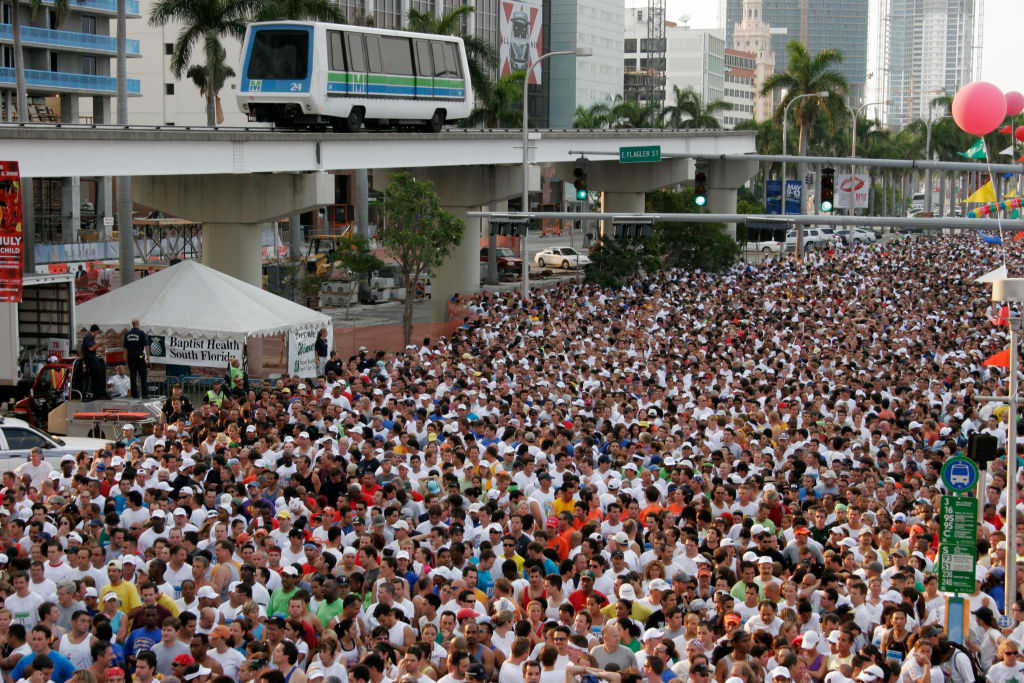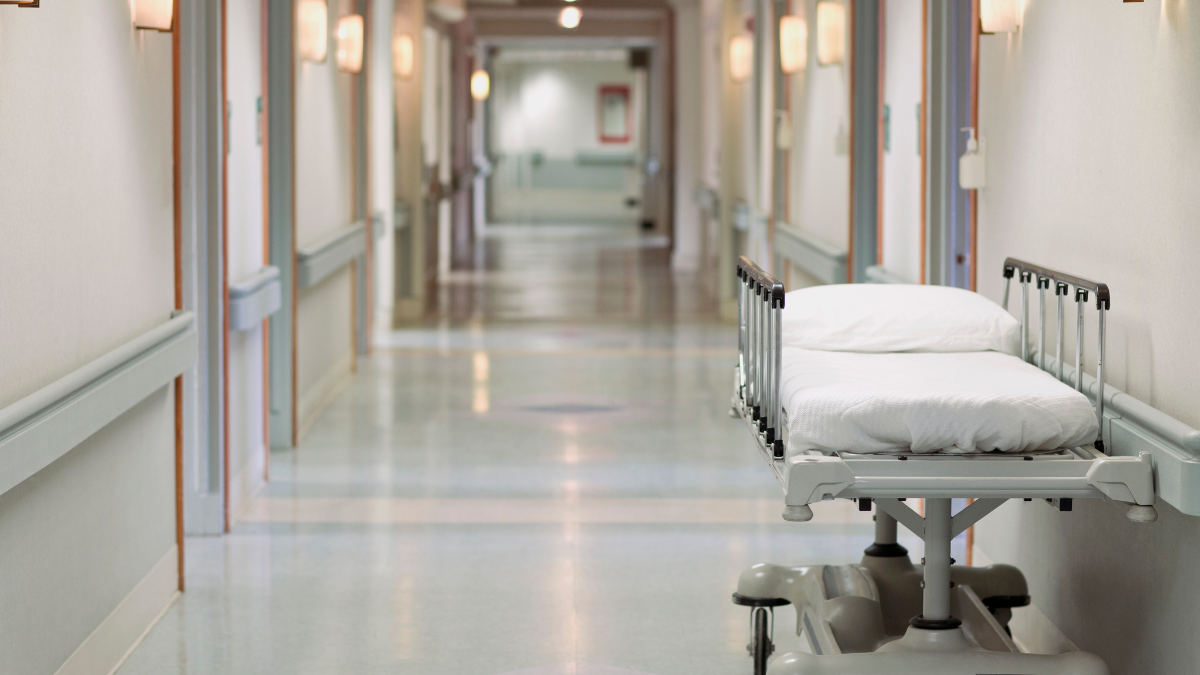Hurricane Andrew arrived under cover of darkness, and most of us who covered the storm only saw the edges of its power. In fact, many news crews were stationed in North Miami Beach, Hallandale, Hollywood, and Fort Lauderdale because the initial forecast had the hurricane aiming for the Dade-Broward county line.
I was on the beach near Las Olas Boulevard and A1A, being stung by sand whipped into our eyes, feeling the ocean overtake the land as waves started breaking onto the pavement. My colleagues and I thought we were experiencing something frightening, but we were completely unaware of Andrew's furious, withering assault on southern Miami-Dade County. Some news crews faced that onslaught head-on.
"I don't think any of us fully understood that it was like a nuclear bomb," said NBC News Correspondent Kerry Sanders, who at the time was a WTVJ reporter.
Miami Herald and El Nuevo Herald photographer C.M. Guerrero weathered the storm in harrowing fashion, holed up in a hotel room in Florida City.
"I thought I was going to die, because there was nowhere to go," Guerrero said.
You might remember a photograph of a shell-shocked, elderly man emerging from the rubble of a trailer park, standing in water, his face blank. Guerrero took that iconic image.
"He was literally dazed and confused. He didn't have much to say, but I feel his expression says it all," Guerrero said.
As Andrew rolled in, Sanders and WTVJ photographer, the late Steve Schneider, found themselves driving on US1, heading north from Homestead.
"It was like something out of The Wizard of Oz, things flying over us and coming over the back of the car. I still remember one of those giant off-ramp signs just sort of dancing down the road, coming behind us and then it literally lifted up in front of us and went back over the car. And that's when we realized that could've sliced the top of the car off and taken our heads off," Sanders said.
So Sanders and Schneider wedged their car behind a MetroRail support column and took cover.
"I slipped down underneath the front, underneath sort of the glove box and that's where I delivered my report of the worst moments, dealing with one of the scariest moments of my life," Sanders said, describing a report that became an enduring image of the media coverage of Hurricane Andrew.
Guerrero's tale of survival is even more harrowing. He and other Herald journalists were hunkered down in a hotel which was barely standing after the storm finished its demolition work. The roof was blown off and its not hyperbolic to say it's miraculous that no one died in that building.
Local
"The freight train was in the room. Man, it was on the roof, it was below us, it was inside. It was just so much, like a machine gun volley. I mean, it was just nonstop, it was really scary," Guerrero said.
The aftermath of Andrew may have been just as frightening. It was anarchy, survival at all costs, in the southern part of the county.
"What quantifies the desperation most in the aftermath of Andrew was a really tremendous fight over ice that somebody had brought down from Broward county down to South Dade and that fight in my mind, I see it as if it just happened, people were so desperate," Sanders said.
Standing in the remains of an avocado grove in the Redland, reduced to splinters by the hurricane, I said at the time that Andrew seemed to have blown away the bonds that held civilization together. People were terrified of looters. "Looters Will Be Shot" signs were everywhere.
We interviewed a woman who had a handgun in her waist and a teenager who had a semi-automatic pistol in his hand and an AK-47 with several banana clips in his room. The young man was nervously patrolling in front of his family's ruined home, saying the winds of Andrew were like the Grim Reaper knocking at the door. It was chilling at the time to see that kind of fear and it's still memorable decades later.
My late colleague at WTVJ, David Bloom, famously confronted a man who was looting a store. On live television, Bloom shamed the man into taking the goods back.
Hurricane Andrew also brought out the best in people. I saw neighbors helping neighbors, sharing food, water, electricity from generators, and chainsaws. Chainsaws were among the most valuable tools in the absolute mess that Andrew left.
The storm left indelible images in the minds of all of us who covered it. The scope of the devastation I saw from our helicopter was mind-boggling, miles and miles of ruined buildings and trees which looked like they had been stuck into giant pencil sharpeners, their branches replaced with twisted shards of aluminum ripped from trailers.
"Probably the scariest assignment, the most exciting assignment I've ever done in my life, was 25 years ago and it feels as if it just happened last week," Guerrero said, expressing a sentiment shared by the many journalists who covered the hurricane.
Andrew never leaves us.



